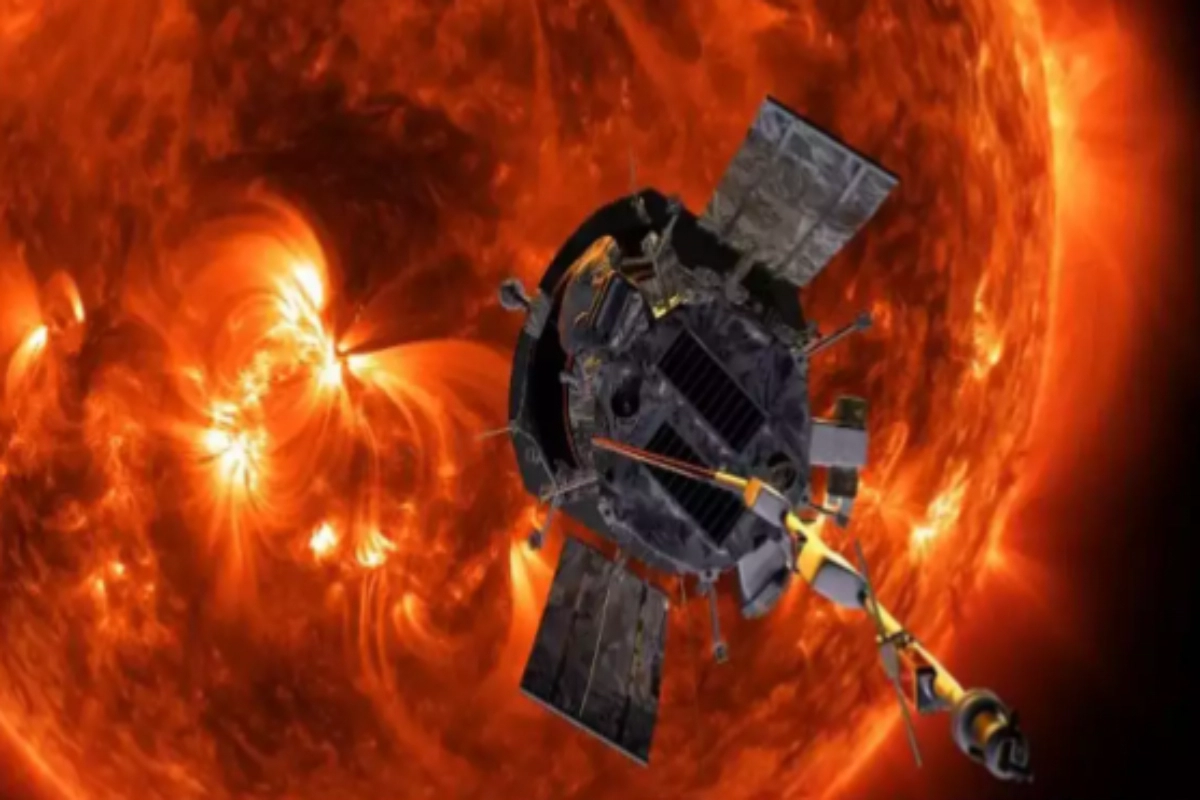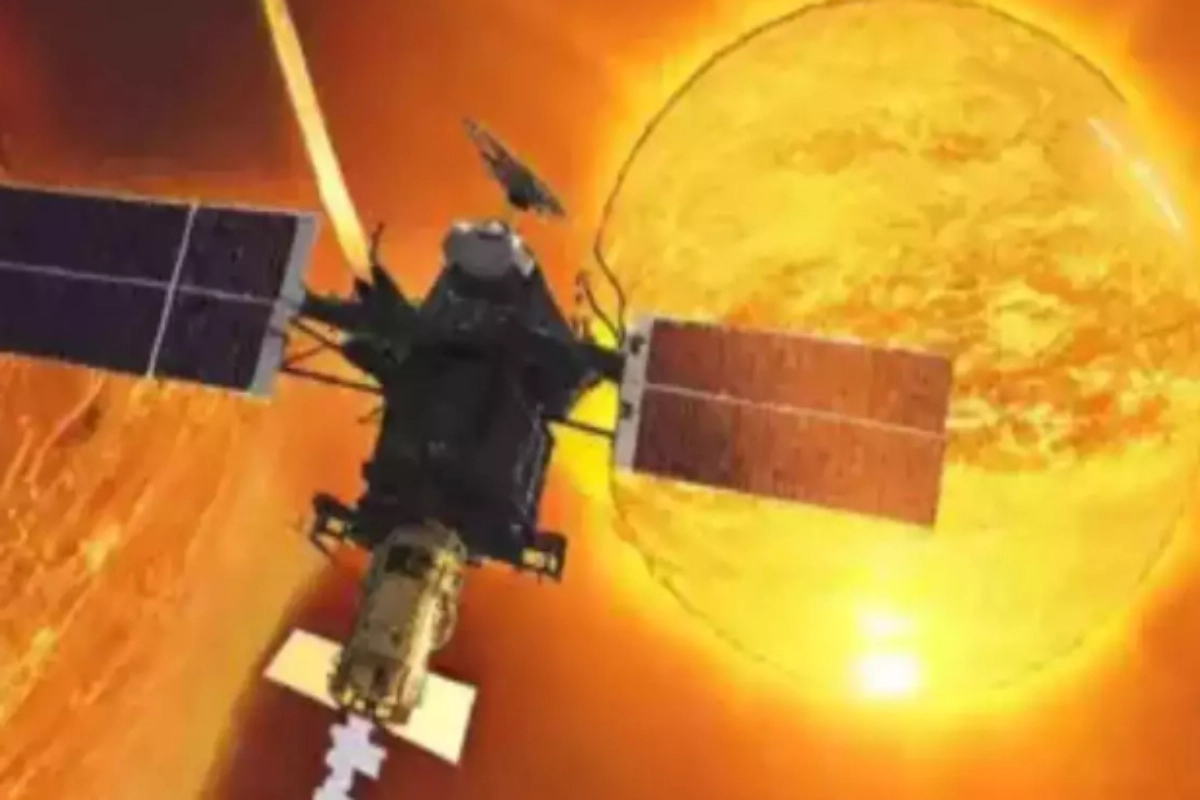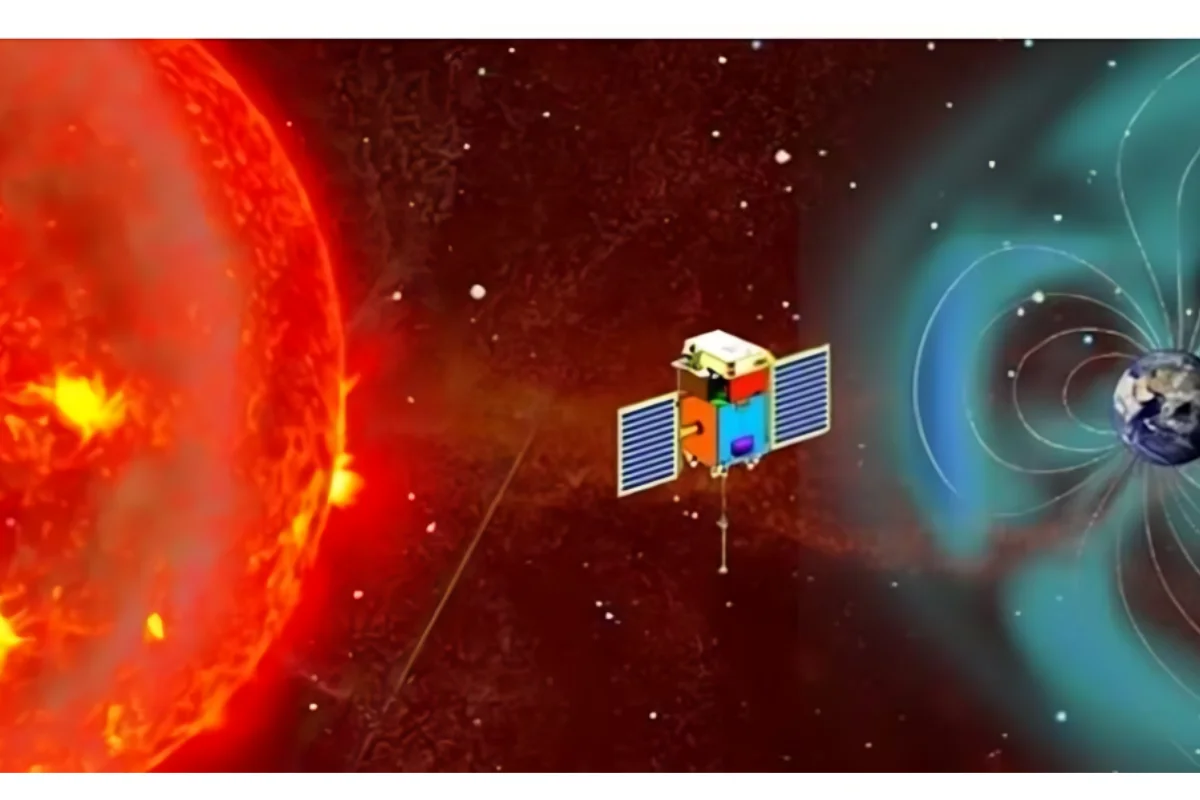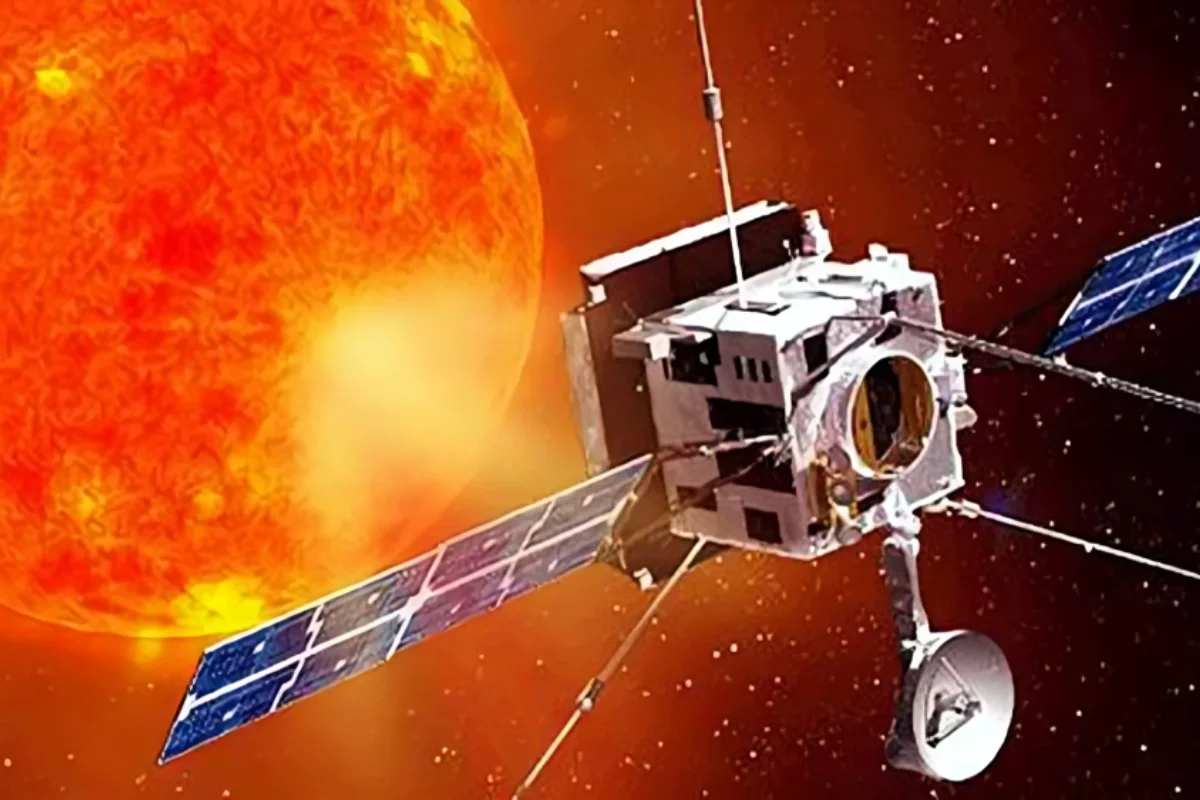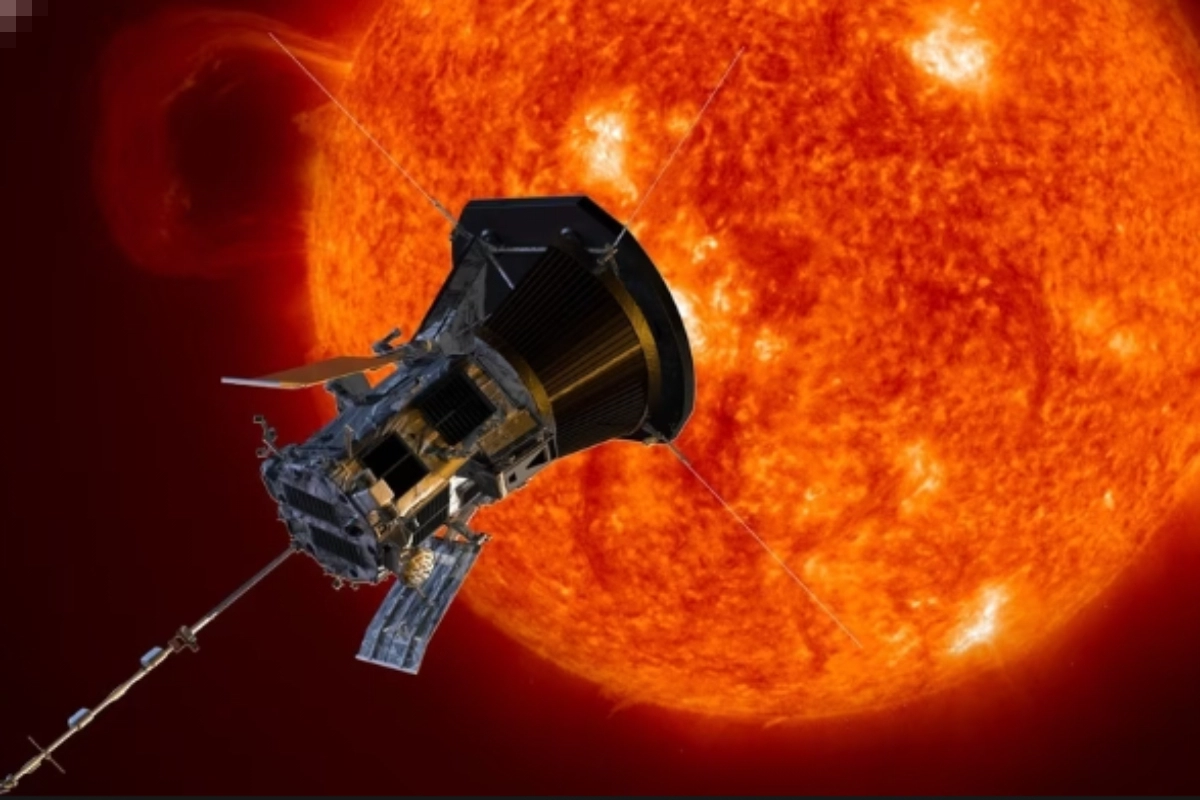Aditya L1: The intricate insertion of India’s Aditya L1 spacecraft into the halo orbit around Lagrange Point 1 (L1), the gravitational equilibrium point between the Earth and the Sun, is scheduled to occur. Currently, the spacecraft is travelling its last leg over a distance of over 15 lakh kilometres through the frigid vacuum of space. On September 2, 2023, Isro launched the spacecraft from Sriharikota.
The Significance of Insertion into Lagrange Point 1 (L1)
On January 6, 2024, the trip is anticipated to come to an end. One of the most important parts of the mission is the insertion into L1, which calls for exact control and navigation. Aditya L1 was put into a transfer orbit towards L1 after undergoing four orbital manoeuvres while still on Earth. To successfully enter the halo orbit, the spacecraft must maintain its trajectory and velocity, which requires careful planning and a meticulous process.
Aditya L1’s Mission to Study the Solar Atmosphere
L1’s importance cannot be emphasised enough. Aditya L1 can study the solar atmosphere, solar magnetic storms, and their effects on the environment on Earth thanks to its unobstructed view of the Sun. The spacecraft will measure a variety of phenomena, including interplanetary magnetic fields and coronal mass ejections (CMEs), providing crucial data for the scientific community worldwide as well as for India.
ISRO’s Precautions for Aditya L1’s Successful Orbital Insertion
The ISRO team needs to take a few safety measures to guarantee a successful insertion. To counteract any deviations from the intended path, the spacecraft’s position and speed must be continuously monitored and adjusted using the onboard thrusters. Furthermore, the instruments on board the spacecraft, such as the Solar Ultraviolet Imaging Telescope (SUIT) and the Visible Emission Line Coronagraph (VELC), need to be shielded from the Sun’s powerful radiation and particles.
Maintaining Aditya L1’s Halo Orbit through Stationkeeping
There are additional difficulties with the stability of L1, an unstable Lagrange point. Aditya L1’s halo orbit will need to be maintained through stationkeeping manoeuvres, requiring adjustments of 0.2–4 m/s annually. These movements are essential to offset the pressure from solar radiation and the gravitational pull of other celestial bodies. The mission team is prepared to face the challenges of space travel and is alert as Aditya L1 gets closer to its objective. In addition to being essential to Isro’s capabilities, the success of this insertion will open up new avenues for research into the secrets of our Sun and how it affects space weather.
Keep watching our YouTube Channel ‘DNP INDIA’. Also, please subscribe and follow us on FACEBOOK, INSTAGRAM, and TWITTER


